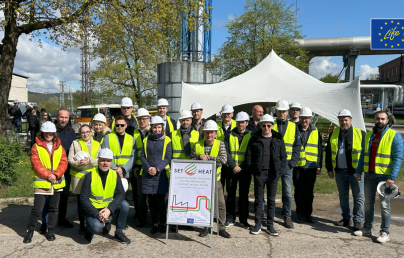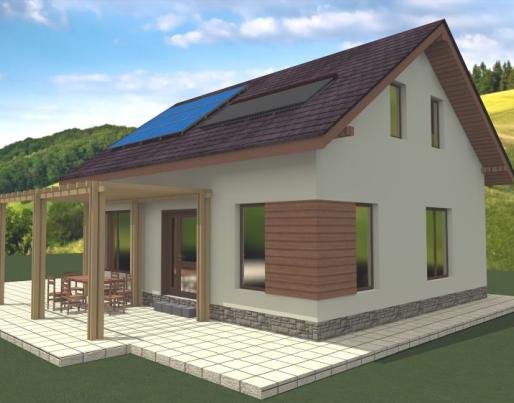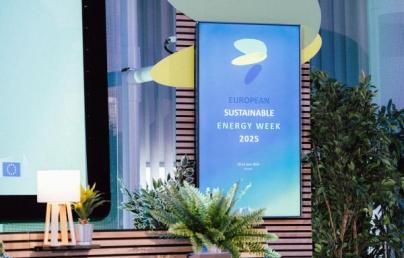
5 building materials to avoid for Passive House design

5 building materials to avoid for Passive House design
There are many aspects that need to be taken into consideration when building a passive house, such as the orientation of the building, choosing efficient appliances and low-flow water fixtures. However, one of the more underrated ways is to avoid materials that readily lose their insulation and require significant energy resources to maintain.
There are many facets involved in building a passive house and getting energy consumption down to zero. Obviously, installing solar panels to create renewable energy is a great place to start. It is also important to consider the orientation of your home during construction so that you can use natural sunlight for lighting and heating as much as possible. Additionally, choosing Energy Star appliances and low-flow water fixtures are other common sense measures.
However, one of the more underrated ways to ensure a passive house is to avoid materials that readily lose their insulation and require significant energy resources to maintain. With this in mind, keep reading to discover 5 types of building materials to avoid for passive houses.
- Windows Readily Damaged By Weather and UV Exposure: Old and degraded windows are highly susceptible to unwanted air transfer. Whether it be cracks in the window sash or a frame-to-wall transition that is no longer well-sealed, air will find the path of least resistance from the home’s conditioned interior to the outside. (...)
- Highly Absorptive Framing Panels: Many contractors choose to go with the most affordable framing solution. However, cutting costs during construction will inevitably show up down the road–especially when building a passive house. Many low-cost framing materials absorb water, resulting in shrinking and swelling that can cause cracking and other imperfections that will negatively impact the building envelope. (...)
- Low Cost Roofing Shingles: Many varieties of asphalt shingles and wooden shakes are popular roofing products thanks to their affordability and aesthetics that are compatible with a wide range of housing types. While they are solid roofing options when new, they are not great for passive house construction because they readily break down in the face of consistent UV exposure and are known to raise when confronted with heavy winds. (...)
- Brittle Siding Materials: Many types of mass produced siding are marketed as elite options because they do not absorb water and do not need to be painted or sealed. While this is true, those that are fabricated from lower quality plastics will become brittle when exposed to extreme temperature fluctuations, sometimes losing their effectiveness in as little as 15 years. (...)
- Old Fashioned Soffit: Like other recommendations listed throughout this article, many traditional soffit products look good when new but must be regularly tended to in order to continue functioning properly. Specifically, soffit can absorb moisture runoff from the roof, resulting in poor ventilation in the roof and attic that can cause mold to spread like wildfire. (...)
Read the full article here.

